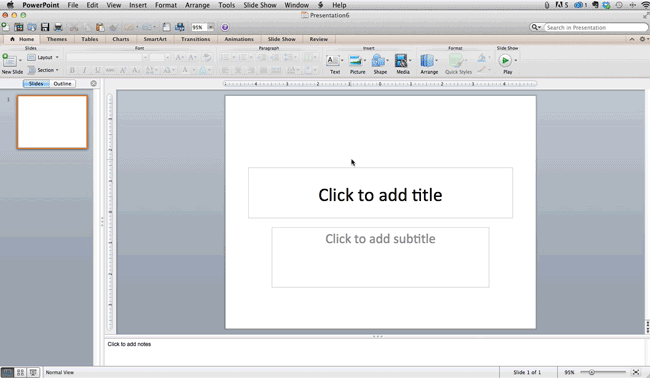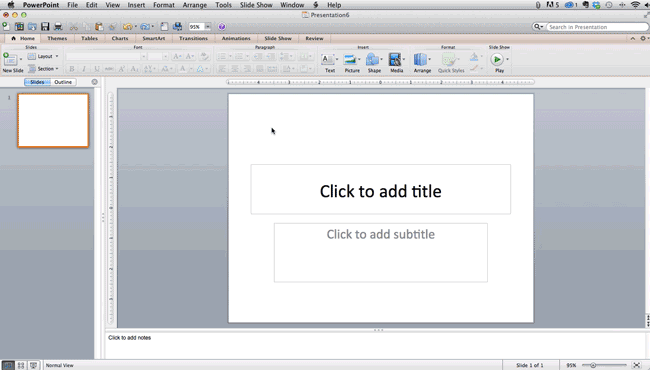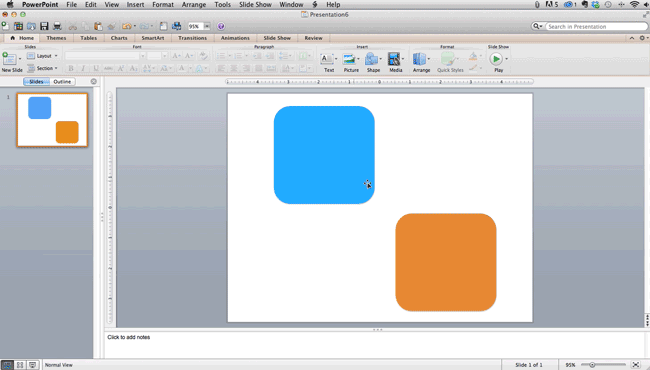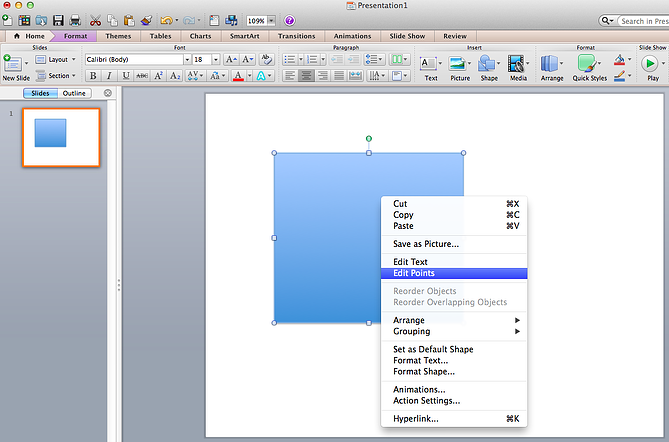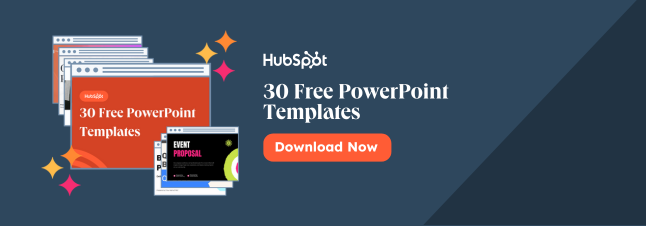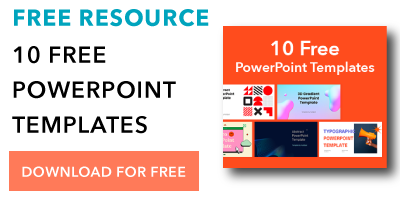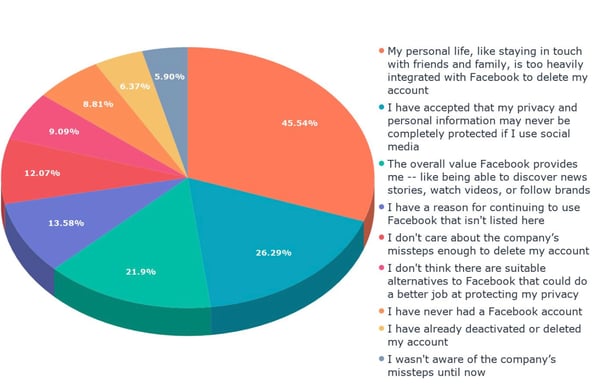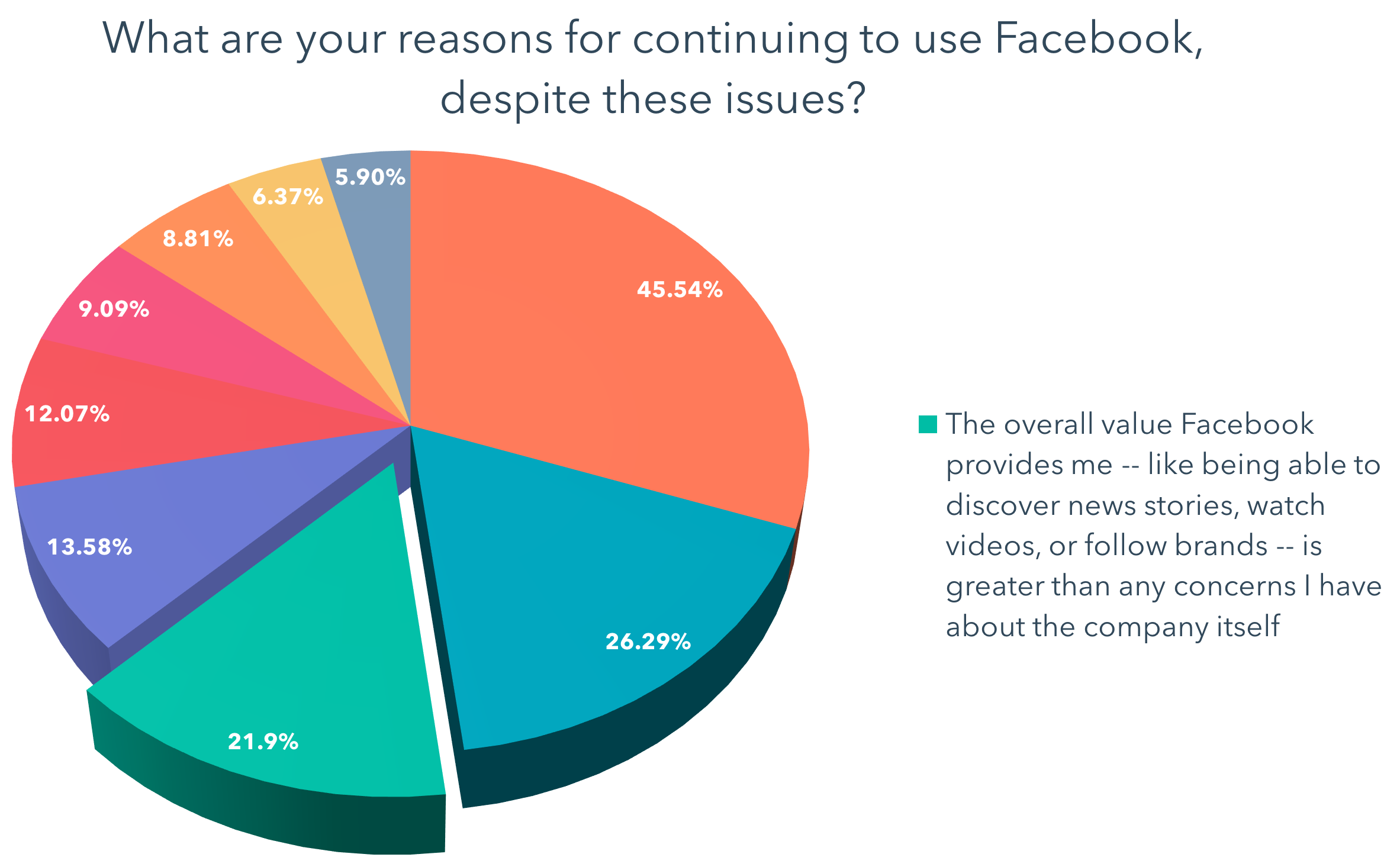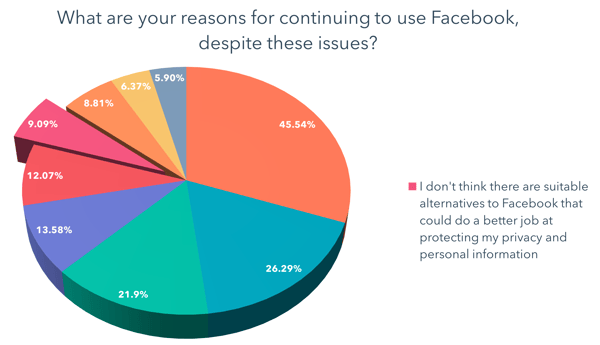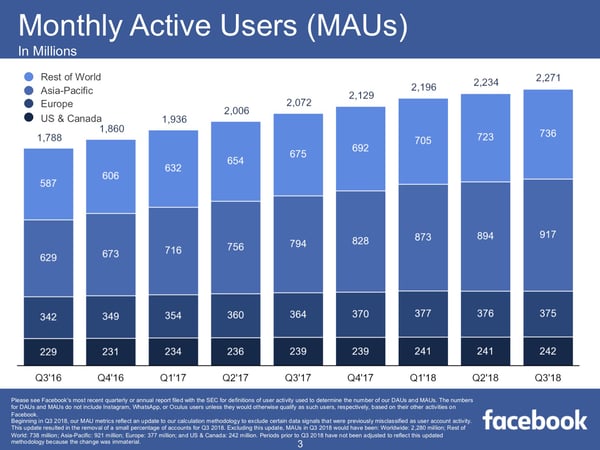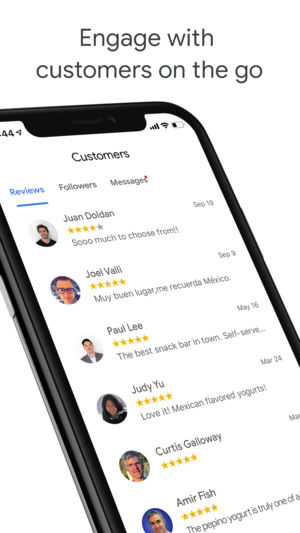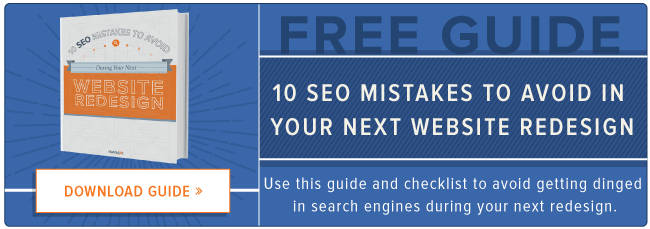Whether you’re a blogger, editorial writer, journalist, or any other type of writer, there are a number of different WordPress themes that allow you to share your content with your visitors on your website.
Newspaper WordPress themes — despite their name — work for all types of writing. No matter your content type, the layout you’re looking for, or the design you envision for your website, there are hundreds of newspaper themes to choose from. That’s why we’ve compiled this list of our 15 favorite newspaper themes for 2019 to help you find one that meets your needs.
15 of the Best WordPress Newspaper Themes for 2019
Each of the following themes contains a description and a few key takeaways to help you efficiently determine which option or options might work for your own website. If you don’t see a theme listed below of interest, you can always check out the WordPress theme library for more options.
1. News Pro Theme
News Pro is a great newspaper theme for content-heavy websites. This theme formats your articles, photos, audio, and videos in a way that works for the story you are telling and for your website visitors. The simple navigation options also keep your content organized to ensure a great user experience. Additionally, if you’re already a WP Engine hosting plan user, you get free access to all other StudioPress themes.
Key Takeaways:
- Ideal for content-heavy websites
- Simple navigation
- WP Engine hosting plan users get access to all StudioPress themes
2. Newspaper
Newspaper is a WordPress theme created for writing articles and blogs in a newspaper template. The theme has several different layout options in their gallery suited for a wide range of blog types. There are also over 50 unique demos you can install in one-click to help get you started designing your website and adding your written content.
Key Takeaways:
- Created for articles and blogs
- Variety of layout options featured in their gallery
- 50 installable demos
3. Voice
Voice is a clean and simple theme ideal for news and magazines. The theme has formatting features created for both news articles and editorial content. Voice has a wide variety of layout, color, and font options to customize your site. There are options to set multiple authors on a single post as well as add a “related posts” sections at the bottom of specific articles or pieces for visitors to continue reading on your site.
Key Takeaways:
- Ideal for news and magazines
- Can add multiple authors per post
- Related posts sections
4. Noozbeat
Noozebeat is a fully responsive theme, meaning visitors can move seamlessly from desktop to mobile to tablet while on your site. It’s designed for magazines and news articles and gives you the option to add advertising space, pages for your featured posts, and custom widgets to enhance your site’s user experience.
Key Takeaways:
- Fully responsive
- Created for news articles and magazines
- Custom widgets
5. Hive
Hive is a WordPress theme built for bloggers. There are a number of customizable typography options to make your written content look unique and fit your style. Adaptive layouts make your website interactive and exciting to look at — with these you can mix and match your written content with different fonts, styles, images, and more.
Key Takeaways:
- Built for bloggers
- Custom typography options
- Adaptive layouts
6. Felt
Felt is a WordPress theme ideal for publishing magazine-style content. The theme allows you to implement slideshows and carousels that automatically move visitors through a number of different images on your site. The theme also has built-in SEO features that will help you organically rank and reach more people.
Key Takeaways:
- Ideal for digital magazines
- Option to implement slideshows and carousels
- Automatic SEO features included
7. Wonderwall
Wonderwall is a great theme option if you’re a writer for a lifestyle blog and or digital magazine. There are formatting options to display banner ads on your site and add a built-in newsletter subscription widget to quickly grow your number of readers and email list. There are also a total of nine different customizable homepage layouts to choose from for your digital publication.
Key Takeaways:
- Created for lifestyle blogs and digital magazines
- Banner ads display options
- Nine customizable homepage layouts
8. SmartMag
SmartMag is a multi-purpose WordPress writing theme suited for online magazines, newspapers, blogs, and review sites. The theme has a drag-and-drop page builder that allows you to easily test your content in different areas of your site, try different formats, and create your website without the need for any coding. There is also the option to add multi-content slideshows to enhance the visual elements of your website and even help you generate more ad views.
Key Takeaways:
- Multi-purpose writing theme
- Drag-and-drop page builder
- Multi-content slideshows
9. GoodLife
GoodLife is a newspaper and magazine theme with five different types of article and post layouts to choose from based on your content type. There are also gallery pages for those of you looking to display your photo and video content in a unique way. The theme is SEO-focused so your website will be more likely to organically rank for certain key phrases and terms.
Key Takeaways:
- Created for newspapers and magazines
- Five different article and post layouts
- SEO-focused
10. ColorMag
ColorMag is a magazine and blogging Wordpress theme that comes with a layout for easily organizing and pairing your written content with your photos and videos. There are a number of ways to create specific pages and post types for featured and highlighted articles so they stand out to your readers and visitors. ColorMag also has a dedicated support team ready to help you if you stumble upon any issues while designing your site.
Key Takeaways:
- Magazine and blogging theme
- Featured and highlighted post types and pages
- Dedicated support team
11. The Voux
The Voux is ideal for digital magazines with layouts tailored to galleries, articles, and online shopping. You can set your images in a “lightbox” so they take up the entire width of your page and stand out with a black background for your website visitors. You can also set Image Hotspots and Shoppable Images so visitors and customers can click on certain items in your images to learn more about them, see their price, and purchase them.
Key Takeaways:
- Built for magazines
- Gallery image layout options with lightboxes
- Image Hotspots and Shoppable Images
12. NewStar
NewStar is a newspaper and magazine WordPress theme that features a one-click import tool so you can quickly select the features and layouts you want for your site and implement them immediately. The theme offers a customizable Article Teaser so you can get your readers excited about continuing to read your piece as well as neatly list multiple articles on one page. There is also plenty of ad space available in moveable banners throughout several different locations on your site.
Key Takeaways:
- Ideal for newspapers and magazines
- One-click feature import tool
- Customizable article teaser
13. MagPlus
If you’re writing for a blog or magazine, MagPlus could be a great WordPress theme option for you. The theme has a Live Customizer so you can edit your website’s page designs, update their content and appearance, and see what your changes look like in real time. MagPlus is a lightweight theme so it’s speedy and efficient for your visitors. There are also 25 different layout options to help you customize the look of your site.
Key Takeaways:
- Created for blogs and magazines
- Live Customizer
- 25 customizable page layout options
14. Soledad
Soledad is a multi-purpose writing WordPress theme, meaning you can use it for your blog, newspaper, magazine, and other content. The theme has dozens of layouts that allow you to mix your magazine and blog content or completely separate your images, videos, and blogs. Soledad also has a White Label Tool that allows you to remove all of the Soledad logos throughout your site and replace them with your own so your theme is branded.
Key Takeaways:
- Multi-purpose writing theme
- Mix and match your written content with videos and images
- White Label Tool
15. Gridlove
Gridlove is a WordPress theme tailored to newspapers and magazines. With no coding knowledge required, anyone can easily get started building their website with one of the hundreds of customizable, pre-made layouts and templates as well as their drag-and-drop page builder. The theme offers a flexible homepage in which you can feature any number of articles and other types of content.
Key Takeaways:
- Tailored to newspapers and magazines
- No coding knowledge required
- Hundreds of customizable layouts and templates
Back To You
These 15 WordPress newspaper themes are built to help you share all types of written content with your website visitors and customers. Whether you’re writing for a blog, magazine, review site, or newspaper, there is a writing theme tailored towards your needs. Get started and pick a theme listed above based on the type of writing you do, install it to your WordPress website, and start adding and sharing your content.
from Marketing https://blog.hubspot.com/marketing/newspaper-theme-wordpress

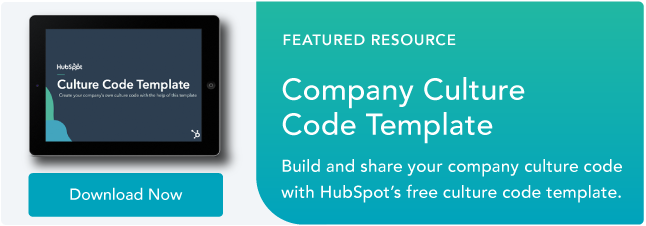

.png?width=600&name=Free%20Download_%20Facebook%20Live%20Guide%20for%20Business%20(1).png)
